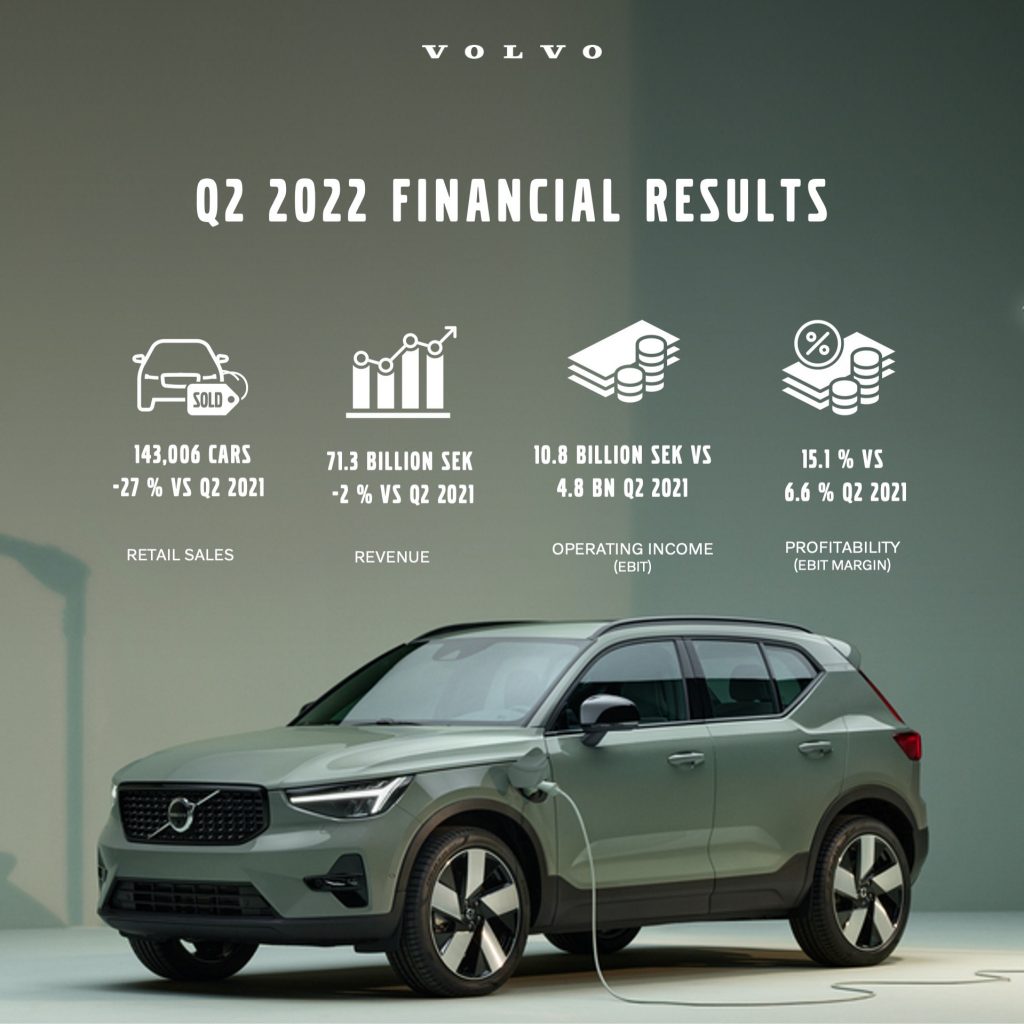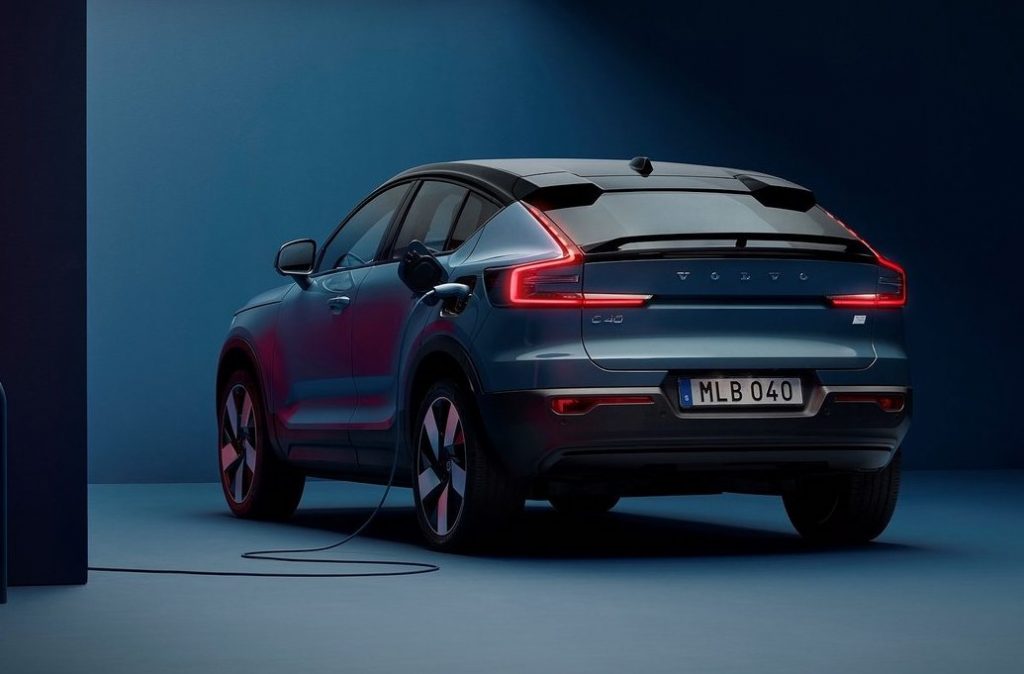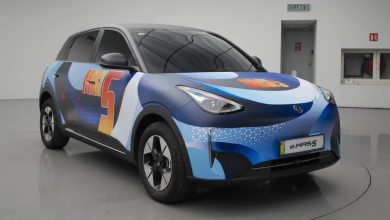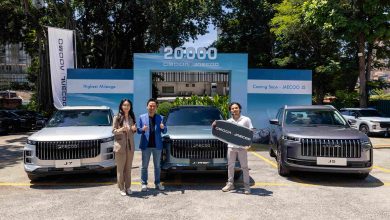Volvo Cars report steady earnings in second quarter of 2022

Volvo Cars have been making big moves in the past year or two. They recently released their first few fully electric vehicles which are from the Recharge roster. The Recharge roster also includes plug-in hybrids which have paved the way for Volvo’s success over the years. In 2021, Volvo Cars was proud to announce that they broke their all-time personal sales record.

Unfortunately, Volvo were not able to reciprocate last year’s result in 2022. According to Volvo Cars, many obstacles affected their sales for the second quarter of 2022. These include ongoing global trade uncertainties, supply chain constraints and increasing prices of raw materials. Regardless, Volvo is still proud to share that they managed to maintain stable earnings in the second quarter of 2022.
PRESS RELEASE
Volvo Cars today reports steady earnings in the second quarter in the face of ongoing uncertainties in global trade, increasing raw material prices, and supply chain constraints arising out of recent pandemic lockdowns in China.
The interim report for the second quarter can be found here. Volvo Cars retail sales amounted to 143,006 cars, down 27 per cent compared to the same period last year. Revenues amounted to SEK 71.3 billion, down 2 per cent compared with the same period last year and are less impacted than retail sales due to strong pricing and product mix.
Lower volumes for the quarter also affected Volvo Cars’ core EBIT performance, although largely stable through strong price realisation and product mix. EBIT for Volvo Cars’ core operation reached SEK 4.6 billion or a margin of 6.5 per cent, while the reported EBIT including joint ventures and associates reached SEK 10.8 billion or a reported margin of 15.1 per cent. The reported EBIT was positively impacted by the accounting effect of the listing of Polestar at Nasdaq stock exchange in New York last month, in which Volvo Cars is the largest shareholder.
Volvo Cars’ second quarter sales performance was affected by the ongoing supply constraints being carried over from previous quarters as well as a particularly strong effect from the Covid-related lockdowns in China. The latter factor not only impacted the company’s retail deliveries in China but also severely affected the production in China and Europe predominantly of Recharge cars. This impact will continue to be seen into the third quarter. For the full year 2022, the target remains of having a double-digit share of fully electric cars or more than double compared to 2021.
Volvo Cars is also seeing a marked improvement in the stabilisation of its supply chain with production making a strong comeback in June. Provided this normalisation continues, the company expects production to progressively increase in the coming months.
As a result, Volvo Cars expects its wholesale volumes for 2022 to be better than in 2021. However, due to the time lag between production and retail deliveries, those improvements are not expected to result into an increase in retail sales during the calendar year. So, for the full year 2022, we anticipate retail sales to be flat or slightly lower compared with volumes in 2021.
For the quarter, Volvo Cars’ Recharge models remained popular among customers even though production was hampered by ongoing supply constraints caused by the lockdowns in China. In the second quarter, Recharge sales made up 31 per cent of total sales, an increase from 24 per cent of total sales in the same period last year, this could have been higher without supply constraints.

The number of active subscriptions at the end of the second quarter increased by 122 per cent compared with the same period last year. This growth was driven by customer demand in combination with a broadened offer as online fleet sales for small and medium enterprises were introduced both in the UK and in Sweden. In the second quarter, online sales made up 9.5 per cent of total sales in established markets, compared to 4.6 per cent in the same period last year.
The company’s CO2 reduction plans remained firmly on course. In the first half of the year, CO2 emissions were 10 per cent lower compared with our 2018 benchmark, supporting Volvo Cars’ 2025 ambition of 40 per cent CO2 reduction per car.




